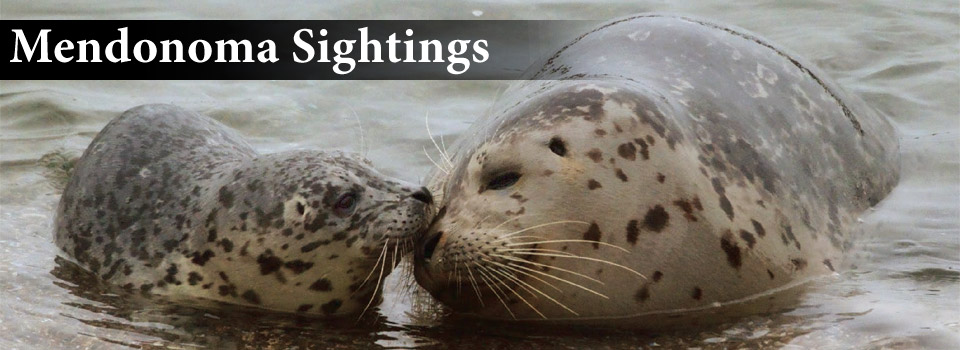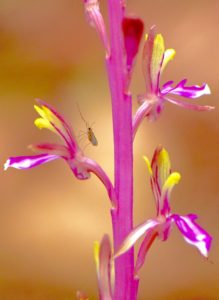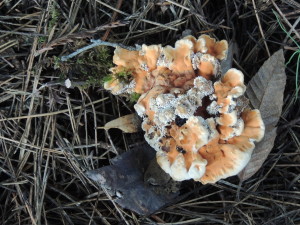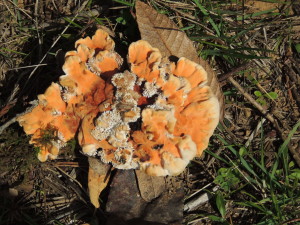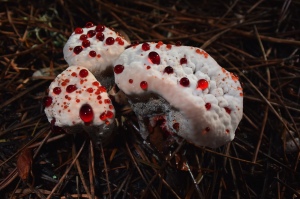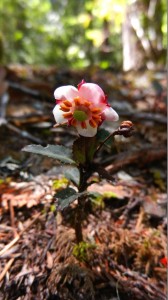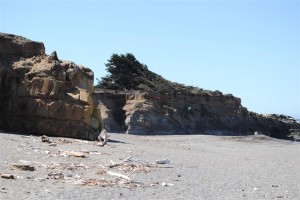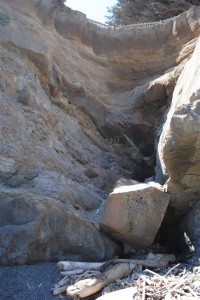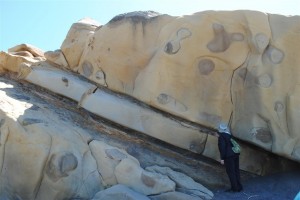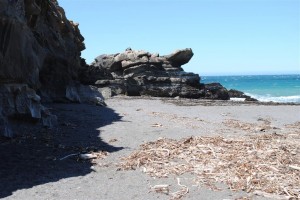Ken Browning trained his camera on a beautiful member of the orchid family, a Merten's Coralroot, Corallorrhiza mertensiana.
You will see there is in an insect resting lightly on one blossom. I asked entomologist Will Ericson what is was and he responded, "That looks like some dipteran but I'm not sure. I saw similar midges pollinating Scoliopus flowers."
There are many pollinators in nature! Thanks to Ken for allowing me to share his photo with you here.
Lots of visitors to the Mendonoma coast are here, enjoying the sunny, warm weather!
